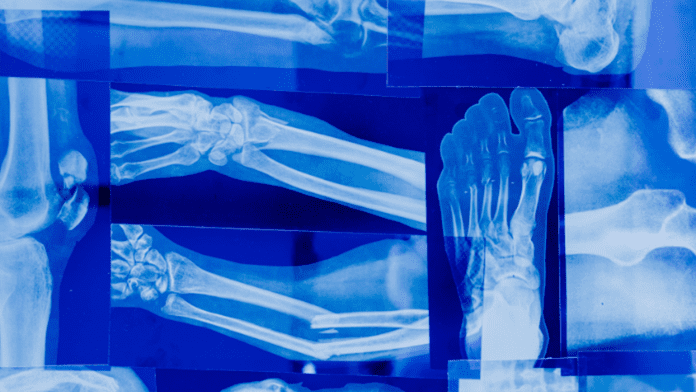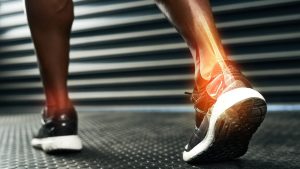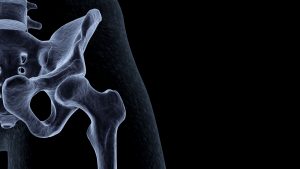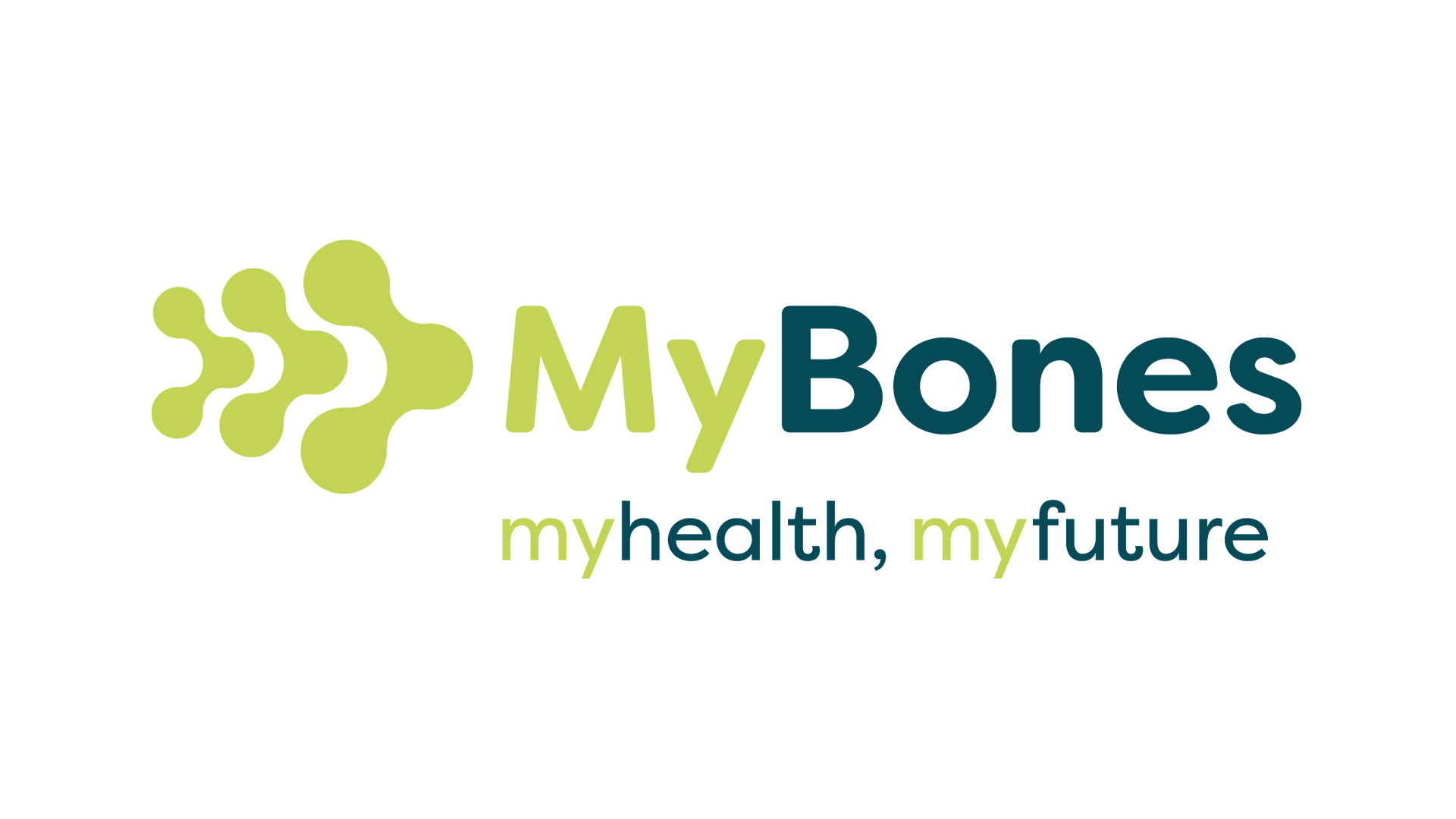
Low-intensity Vibration therapy offers a range of benefits in boosting bone health and mitigating the impact of chronic conditions.
Low-intensity Vibration therapy is a type of whole-body vibration therapy. The vibrations pass up through the body, improving bone health, circulation, and muscle strength. Not all vibration therapy is the same. The Marodyne Low-intensity Vibration device is safe and has no known contraindications or side effects, distinguishing it from high-intensity vibration devices which often exceed forces of 1.0g. This level of intensity is unsuitable for many users, particularly those with osteoporosis.
The Marodyne LiV device is precisely calibrated to an intensity of 0.4g at 30hz and only 0.4g at 30hz. The research found this to be the optimum intensity for increasing bone mineral density whilst causing no harm.
Combatting osteoporosis and increasing bone mineral density with vibration therapy
Bone is living; it is constantly formed and reabsorbed. The two main cells responsible for this everchanging architecture are osteoblasts and osteoclasts.
Osteoblasts control the formation of new bone through a process known as osteogenesis. Osteoclasts break down bone tissue by secreting acid and collagenase. This is called bone resorption and helps regulate calcium levels in the blood.
In young and healthy individuals, the balance between formation and resorption is maintained. Ageing and some medical conditions disrupt the complex messaging processes between these cells, creating an imbalance. This can lead to more bone being reabsorbed than created.1
Testosterone, progesterone, and oestrogen affect these cells too.2 A drop in these hormones, such as during menopause, unbalances the number of osteoblasts and osteoclasts in the body. This is a common cause of osteoporosis, which impacts both men and women. Other causes include cancer, low body weight, certain medications, and rheumatoid arthritis.
Mesenchymal Stem Cells (MSCs) in bone have the potential to produce bone, cartilage, or fat. Cells respond to the challenges given to them; which cells MSCs produce depends on how regularly they are stimulated. Without regular stimulation, MSCs produce more fat and less bone. This reduces bone density and increases the risk of individual developing osteoporosis. Regular mechanical loading is required to stimulate the MSCs and increase their bone-building potential. The cells respond by producing more osteoblasts, leading to increased bone production.
Low-intensity Vibration therapy offers a natural way to activate the body’s stem cells. Professor Clinton Rubin identified a precise signal of 0.4g at 30hz encourages the mesenchymal stem cells to produce more osteoblasts. This directly increases bone density and leads to stronger bones.3,4
The Marodyne LiV device calibrates each time it is used, ensuring each user receives the correct signal of 0.4g at 30hz required to stimulate their stem cells. The low magnitude vibrations replicate the natural signals produced by a young healthy body and therefore, can be used with confidence by both children and adults.
Build muscle strength and mass
During any weight-bearing exercise such as walking, muscles contract and pull on the bones. This resistance strengthens the muscles.
Individual muscle cells in most muscle groups do not provide a sustained pull, they only apply a quick ‘twitch’. The constant pull is created by the brain activating groups of muscle cells within a muscle in a rapid, repeating pattern. The frequency of these can range from 10 to 100 cycles per second.
The Marodyne LiV device works similarly. As the platform vibrates, groups of muscles contract to stabilise the body. This series of contractions activates and strengthens the muscle cells.
Vibration therapy enhances the effectiveness of other exercises, making the stem cells more responsive, and increasing bone and muscle growth.5
The vibrations are gentle and accessible, giving people with reduced mobility a natural and effective way to improve muscle strength at home.
Stimulate blood circulation and lymphatic flow
The veins in the legs play a crucial role in circulation. The heart is unable to pump blood effectively around the body by itself. It is assisted by the calf muscles which perform what is sometimes called the ‘second heart’ function.
The same mechanisms which improve muscle mass and strength, improve circulation. As the muscles contract to stabilise and support the body during a Low-intensity Vibration session, two key things happen.
Blood flow increases to fuel the muscles with nutrients and oxygen, and the muscle fibres themselves strengthen due to the stimulation. This enhances circulation and increases the ability of the calf muscles to perform their second heart role.
One study of plantar vibration found low-level vibration significantly aids calf blood flow following orthostasis. This was the case for upper leg-pelvic blood flow and thoracic flow.6
Studies have established vibration therapy improves circulation for people with spinal cord injuries.8 This demonstrates the potential Low-intensity Vibration therapy has for rehabilitative programmes and for people whose conditions impede their movement.
Improve balance and coordination – reducing falls
Conditions that weaken muscle strength, such as osteoporosis, Parkinson’s disease or neuropathic conditions can increase fall risk. 30% of falls result in an injury requiring medical attention and 10% result in a fracture.8 Minimising falls is vital for improving patient wellbeing and reducing costs to healthcare providers.
The need to minimise falls is highlighted in a recent report published by the UK Office for Health Improvement and Disparities (OHID): Falls: applying All Our Health. It reported hip fractures alone to account for 1.8 million hospital bed days a year, at the cost of £1.1 billion to the NHS.
By improving muscle strength, several studies have established that Low-intensity Vibration therapy improves balance and coordination, thereby reducing falls.9
Any reduction in falls reduces the risk of fractures.

Anecdotal benefits
Users of the Marodyne LiV device have reported many other additional benefits. These are of great interest though are currently not supported by clinical evidence. These include:
- Improved bowel movements;
- Reduced neuropathic pain;
- Improved balance for people with neuropathic conditions;
- Improved quality of sleep;
- Sense of relaxation and improved wellbeing;
- Pain relief;
- Improved posture;
- Increased mobility; and
- Improved recovery rate following injury.
The future of vibration therapy
Low-intensity Vibration therapy is natural, accessible and has no known contraindications. It is effective as a standalone treatment and can be used in conjunction with other treatments. Whilst the primary therapeutic target is osteoporosis, research has established that Low-intensity Vibration therapy delivers additional health benefits.

Substantiated results are increasing, and the growing use of the Marodyne LiV as a clinical tool highlights the potential the device has to be a key part of present and future clinical guidelines.
The Marodyne LiV device is certified by the British Standards Institute as a class IIa medical device and is Europe’s only recognised certified Low-intensity Vibration device.
Written by Dave Crucefix and Edward James
References
- Chen, Xiao et al. ‘Osteoblast-osteoclast interactions’. Connective tissue research vol. 59,2 (2018): 99-107. doi:10.1080/03008207.2017.1290085
- Michael, Husheem et al. ‘Estrogen and testosterone use different cellular pathways to inhibit osteoclastogenesis and bone resorption’. Journal of bone and mineral research : the official journal of the American Society for Bone and Mineral Research vol. 20,12 (2005): 2224-32. doi:10.1359/JBMR.050803
- Rajapakse, C.S., Johncola, A.J., Batzdorf, A.S., Jones, B.C., Al Mukaddam, M., Sexton, K., Shults, J., Leonard, M.B., Snyder, P.J. and Wehrli, F.W. (2021), Effect of Low-Intensity Vibration on Bone Strength, Microstructure, and Adiposity in Pre-Osteoporotic Postmenopausal Women: A Randomized Placebo-Controlled Trial. J Bone Miner Res, 36: 673-684. https://doi.org/10.1002/jbmr.4229
- Rubin, Clinton et al. ‘Prevention of postmenopausal bone loss by a low-magnitude, high-frequency mechanical stimuli: a clinical trial assessing compliance, efficacy, and safety’. Journal of bone and mineral research : the official journal of the American Society for Bone and Mineral Research vol. 19,3 (2004): 343-51. doi:10.1359/JBMR.0301251
- Sun, Yuyang et al. ‘Mechanical Stimulation on Mesenchymal Stem Cells and Surrounding Microenvironments in Bone Regeneration: Regulations and Applications’. Frontiers in cell and developmental biology vol. 10 808303. 21 Jan. 2022, doi:10.3389/fcell.2022.808303
- Stewart, Julian M et al. ‘Plantar vibration improves leg fluid flow in perimenopausal women’. American journal of physiology. Regulatory, integrative and comparative physiology vol. 288,3 (2005): R623-9. doi:10.1152/ajpregu.00513.2004
- Herrero, A J et al. ‘Effects of whole-body vibration on blood flow and neuromuscular activity in spinal cord injury’. Spinal cord vol. 49,4 (2011): 554-9. doi:10.1038/sc.2010.151
- Berry SD, Miller RR. Falls: epidemiology, pathophysiology, and relationship to fracture. Curr Osteoporos Rep. 2008 Dec;6(4):149-54. doi: 10.1007/s11914-008-0026-4. PMID: 19032925; PMCID: PMC2793090.
- Leung, K.S., Li, C.Y., Tse, Y.K. et al. Effects of 18-month low-magnitude high-frequency vibration on fall rate and fracture risks in 710 community elderly—a cluster-randomized controlled trial. Osteoporos Int 25, 1785–1795 (2014). https://doi.org/10.1007/s00198-014-2693-6
This article is from issue 23 of Health Europa Quarterly. Click here to get your free subscription today.























